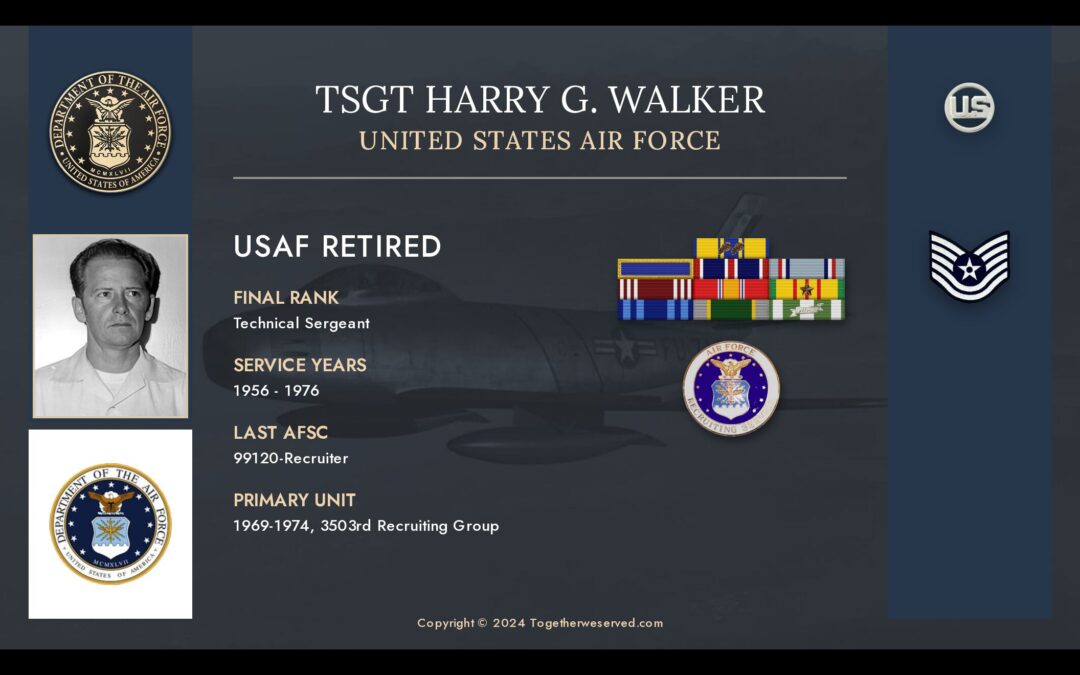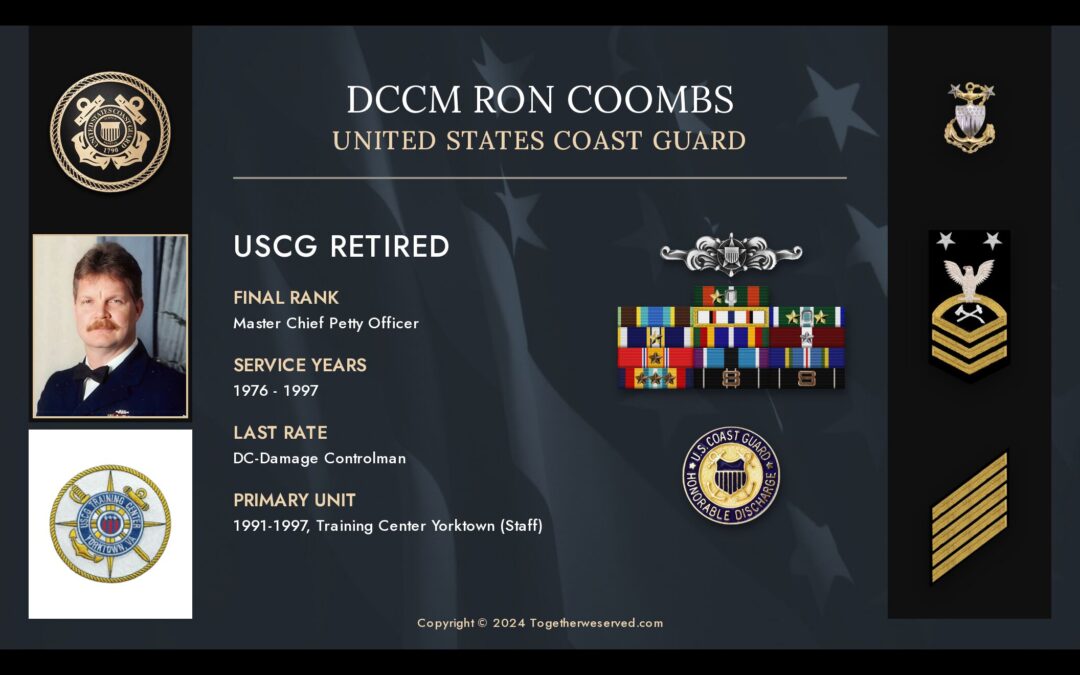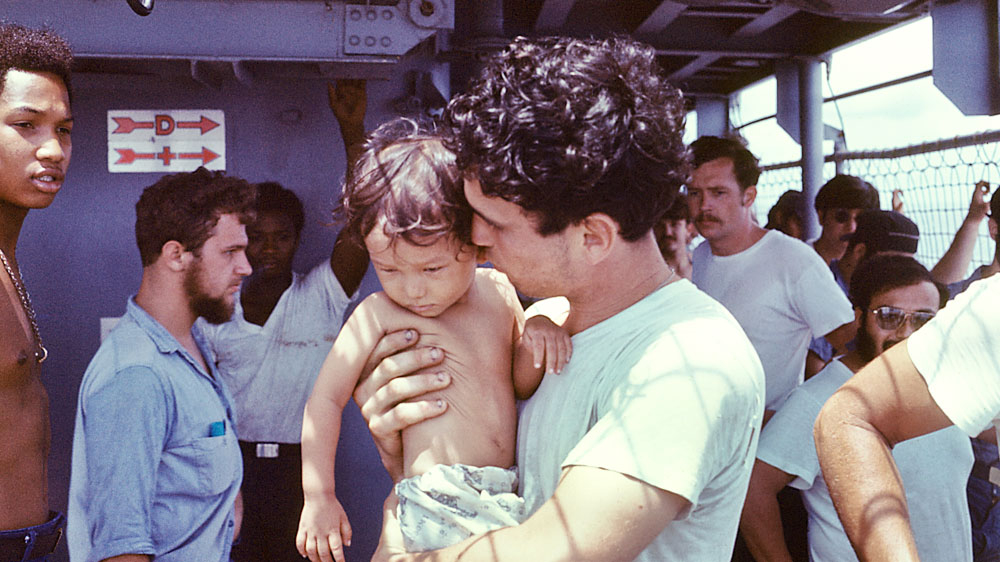Initially, I had no intention of joining the military. However, right before I graduated High School, Lee Iacocca announced that Chrysler was bankrupt. There was no place in Michigan where the impact of this wasn’t felt. I lost my job in a furniture factory and was unable to find one, even at McDonalds. After a fruitless day of job hunting, an Army recruiter asked if he could talk to me. I signed up for the Army National Guard in hopes that after basic and AIT, the job market would become better. During my time in basic, I began to understand what the military was and how it served the nation. I fully intended to stay in the military, so after two months in the Guard, I enlisted to become active duty. It is a decision I have never regretted.









